Written by Richard Auckland, member of the Gloucester Civic Trust
Barnwood’s origins can be traced back to prehistoric times, when the area was wooded and possibly inhabited by wild bears, and so Bearnwood eventually becomes known as Barnwood.
The Roman occupation of Gloucester spilled out to this area as the legionnaires constructed retirement Villas either side of the long and straight Ermin Street, the road connecting Gloucester with Cirencester.
It is along this road, known today as Barnwood Road, that the number 10 Stagecoach Bus runs on its journey from Tuffley, through the centre of Gloucester, on to Brockworth, through Shurdington and eventually to its terminus in the Promenade in Cheltenham.
With plenty of bus stops in Barnwood this is an easy area to get to.
Once surrounded by fields, with few houses, and very much outside the City boundary, Barnwood slowly became the area where many who worked in Gloucester lived, for it offered both easy access to the town coupled with the peace and solitude of a rural setting.
Today it is well within the City and is surrounded by the housing developments of Abbeymead and Abbeydale to the south of Barnwood Road and the industrial development of Barnwood fields to the north.
However, in the heart of Barnwood there is a walk that is easy, takes in several interesting buildings and gives some idea of Barnwood’s history.
If travelling by bus, get off at the ‘Wotton Hall Club’. Its large car park at the back is for users of the Hall, or adjoining Post Office, so if you do park there it would be polite to ask permission.
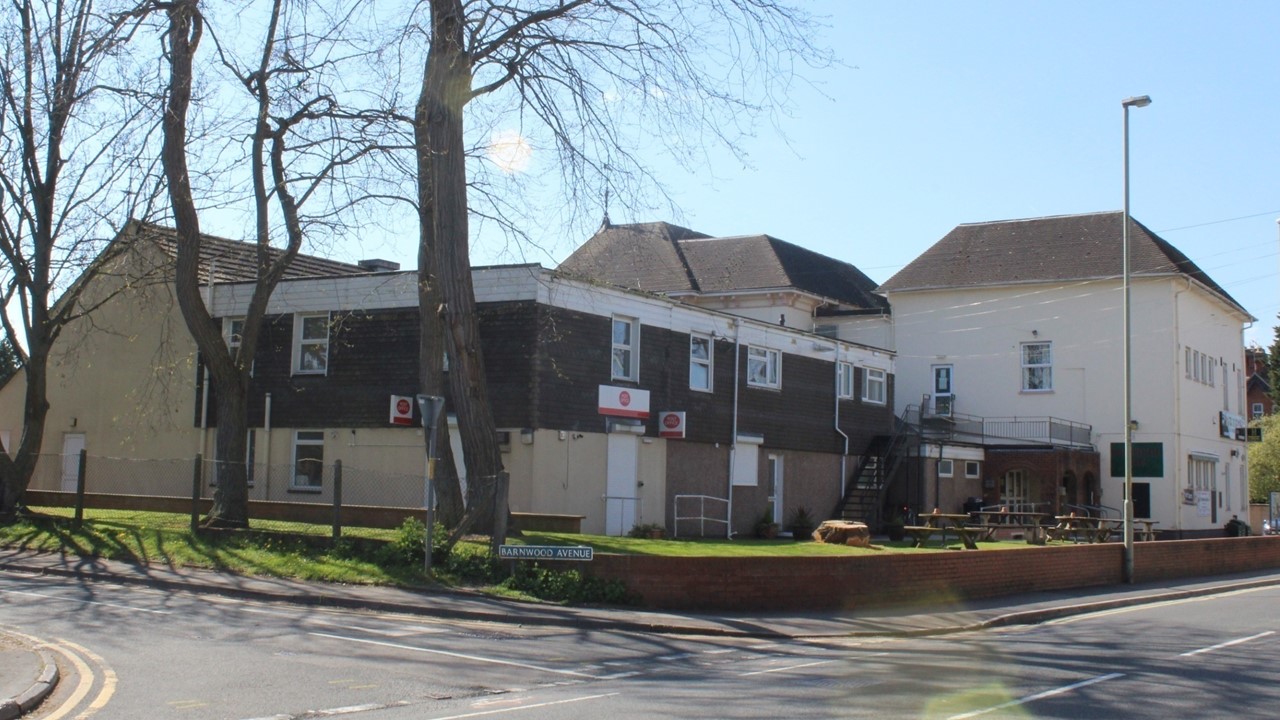 copyright of Richard Auckland
copyright of Richard Auckland
We will start our walk here, for this building was once known as Leslie Court, the home of Barnwood’s Baroness Solignag. It was purchased in the 1930’s by a working men’s Club that moved from Wotton just up the road, hence its name. The original house can still be made out, surrounded by the many extensions which have been made over the years.
Barnwood Avenue, once a gated private, tree lined avenue, runs alongside the Club, and a gentle stroll over the brook, past Church field will bring you to the first of our Barnwood jewels, Barnwood Court.
Today hidden behind a high wall, this building, with its mediaeval origins, once dominated the area.
At one time, it was the residence of the Parker family, whose brother was the last Abbot of St Peter’s Benedictine monestary in Gloucester, for the majority of Barnwood land was owned by the monestary.
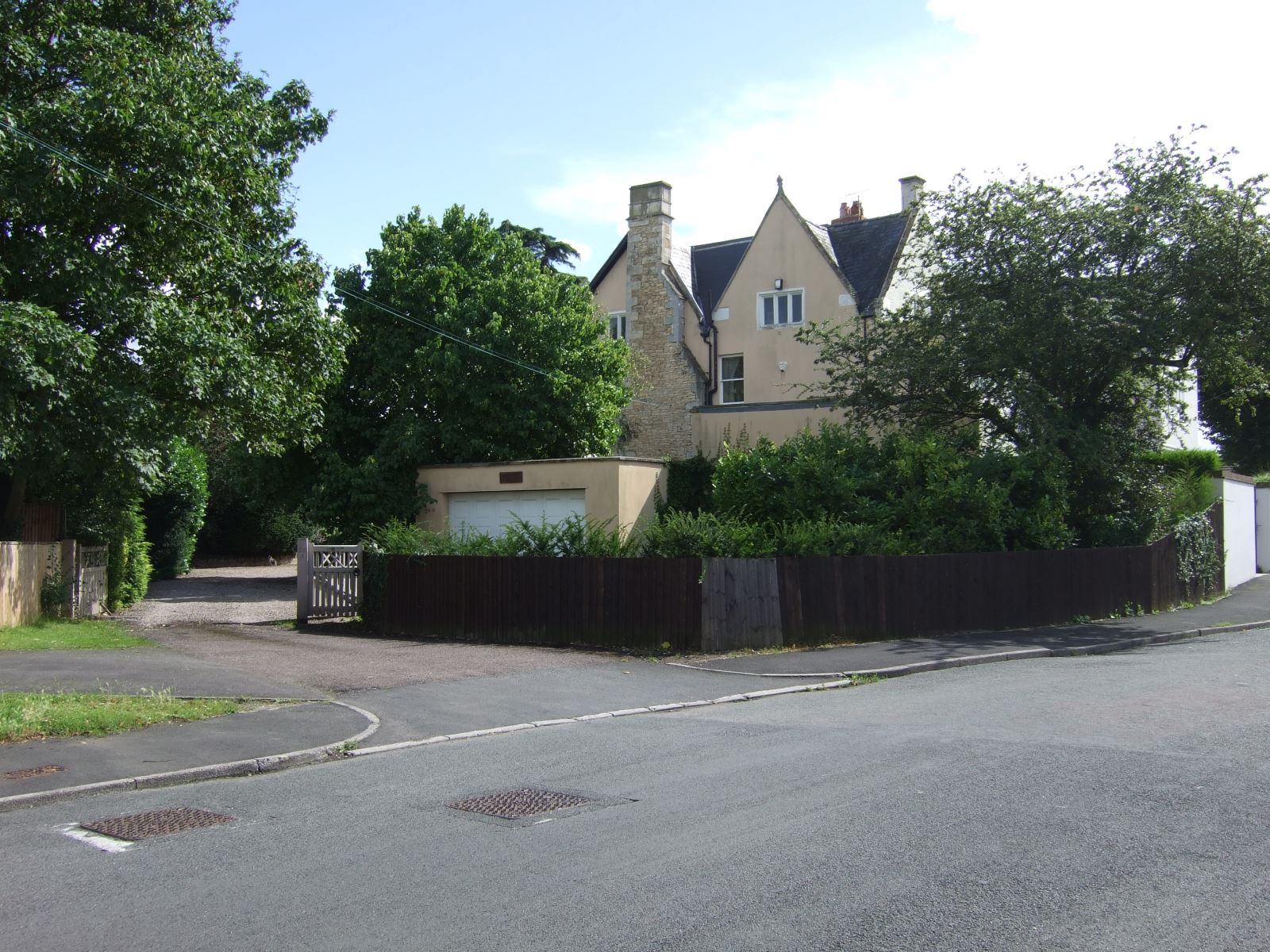
Retrace your steps back to church field and take the path to the church. St Lawrence is mediaeval and was probably constructed about the same time as the Abbey in Gloucester, for some of its stonework has a mason’s mark that can also be seen on pillars of the Cathedral’s nave.
Most probably just a small chapel for the nearby Court, it has been expanded over the years, its tower dates from about 1500 and was ‘constructed’ by Abbot Parker.
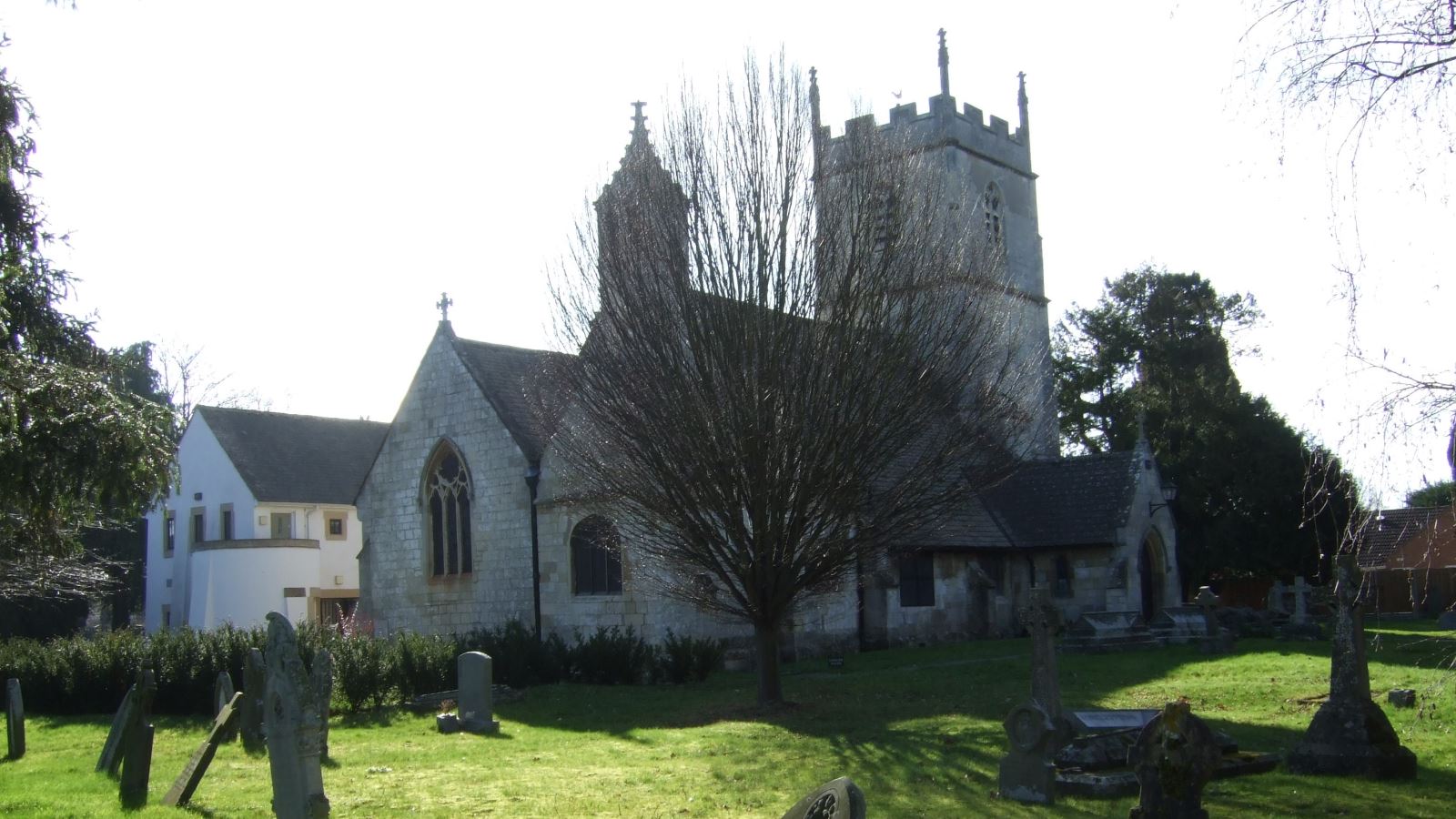
If the church is open, enter by the south door and sit a moment reflecting in its stillness and antiquity.
Though not brimming with antiquities, the Majestus, high above you on the sanctuary arch was a gift from the much loved and respected vicar, the late Michael Seacome, who was also instrumental in salvaging the pulpit from Lambeth palace. His annual music festivals were respected far and wide.
Now leave the churchyard and cross Church Lane.
Ahead of you is Barnwood Park and its adjoining Arboretum.
These grounds, now cared for by Gloucester City Council, were once the grounds of a large mental Asylum, Barnwood House Hospital.
Opened in 1860, this hospital grew to be one of the most significant Private Mental Institutions in this area. It employed many Barnwood people and many of its patients were from the upper classes or aristocracy. It dominated Barnwood for some 100 years.
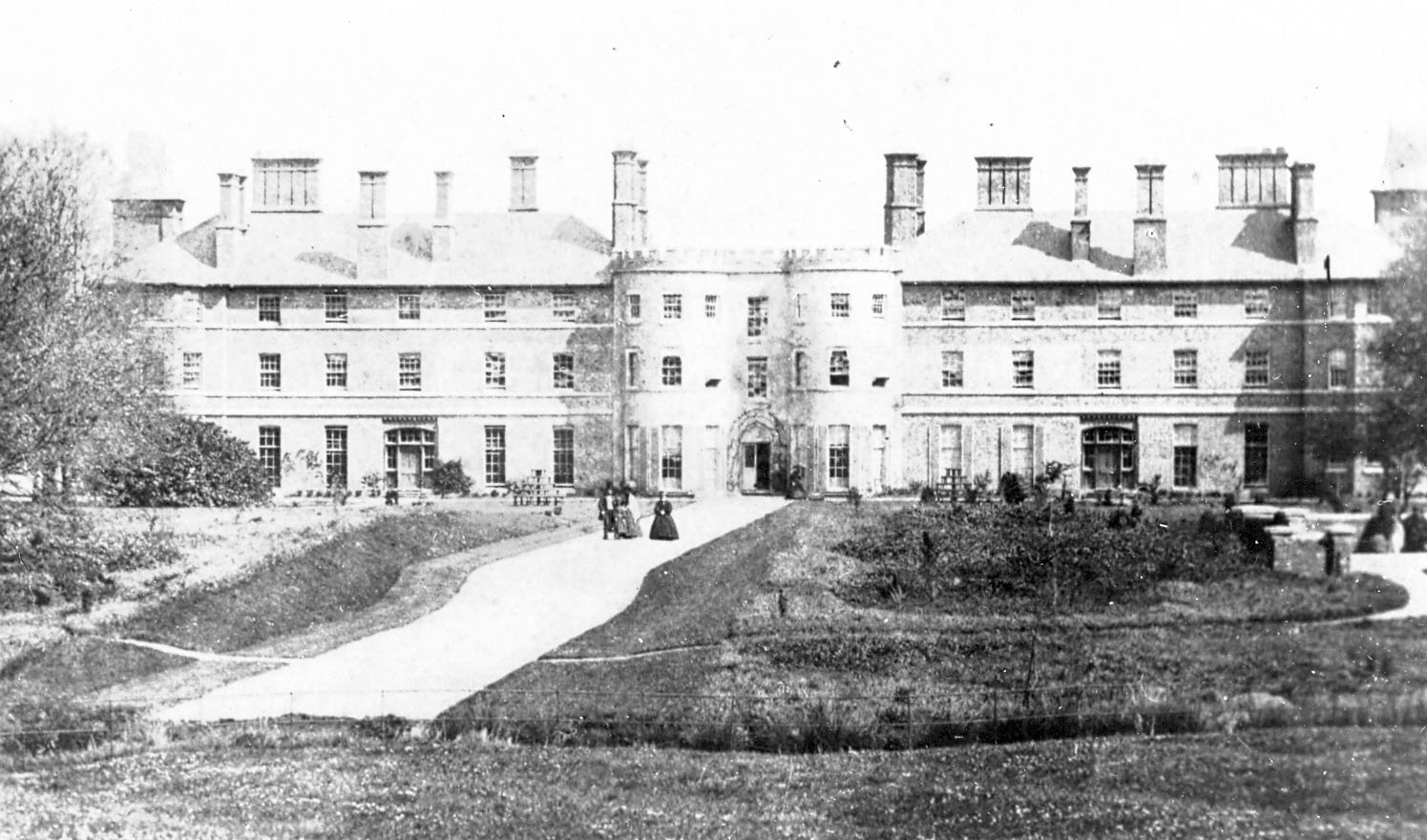
The hospital closed in 1968, and the land on which the hospital building stood is now occupied by two housing developments - Grovelands and Cherston Court.
The purchasers of the Hospital Estate made the land across the brook over to the City Council for the benefit of all. This is Barnwood Park.
Some years later, when the remaining grounds up to the brook, which were the hospital pleasure gardens, came on the market, they became Barnwood Arboretum. Again, made available for the benefit of all.
Walk through the park, across the small bridge over the brook and into the Arboretum.
Before you start your walk, read both sides of the notice board, for on the reverse is an early picture of the hospital and a brief history. This area is tended by a team of volunteers who ensure that it is ecologically maintained. Many of its trees are unusual and so there is a tree preservation order covering the whole of this area.
The church in the park is now a gymnasium, but once was the Chapel of the Hospital.
During the pandemic lockdowns of 2020 and 2021 the park was a haven for families who could meet in the open air have, a picnic and watch the wildlife.
There are no toilet facilities in the park and only recently has there been a small caravan selling light refreshments.
Sadly, the tea rooms that were frequented by many in Barnwood have long gone.
To complete the loop back to the Wotton Hall where we started, exit the park across the concrete bridge to Cherston court and make your way to the Barnwood Road. Turning right towards Hucclecote you will eventually come to Manor Gardens. The house at the junction with Upton Lane is where the eminent scientist Sir Charles Wheatstone was born.
Now turn back toward the city and walk along the straight Roman road. On your left are the remains of the Hospital’s walls, for it stretched all the way from Upton Lane in the east to Church Lane in the west.
.jpg)
On your right are the buildings of EDF which are built on the Hospital’s farmlands. The Black and White clock towered building was the Farm’s stables and where Pegasus Court is today, was the Farmhouse. Welveland Lane, stretching onward to the top of Chosen Hill, made its way across the farm’s extensive fields.
Slightly further on, next to a veterinary surgery and dental surgery is The Barnwood Reading Room. Built for the benefit of Barnwood’s parishioners, it is dedicated to the Memory of George Riddiford, an eminent Gloucester worthy. It may be hired and is ideal for small gatherings, children’s parties and the such.
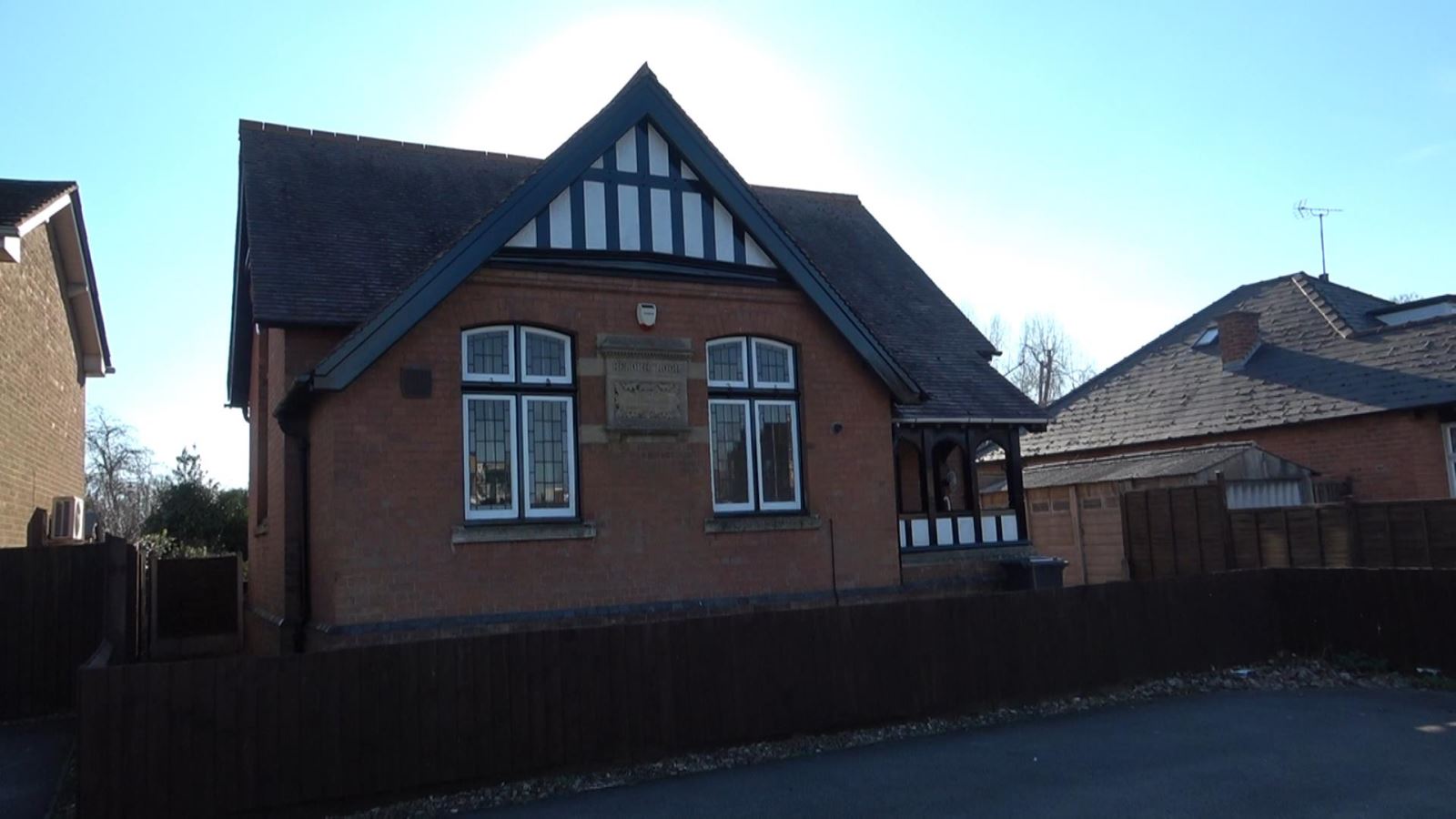
Much more can be told about Barnwood, and the following four videos might be of some interest:
The History of Barnwood House Hospital
Manor House and Gardens
A Walk around Barnwood, part 1
A Walk around Barnwood, part 2
The author has lived in the Parish for some forty-five years and is one of its Local Historians. He, along with a colleague has written books and given talks on its history, buildings, and people.
This article was kindly written by Richard Auckland member of the Gloucester Civic Trust. Did you know the Civic Trust run tours of the City of Gloucester? click here to find out more.
All images are copyright of Richard Auckland
Want to know more information about and how to join the Civic Trust?
Related
Comments
Comments are disabled for this post.




 to add an item to your Itinerary basket.
to add an item to your Itinerary basket.

.png)

